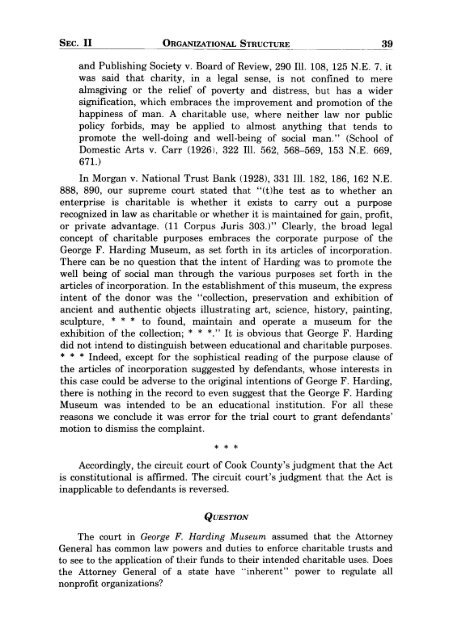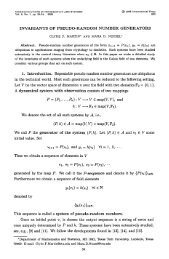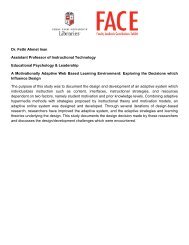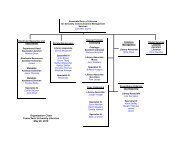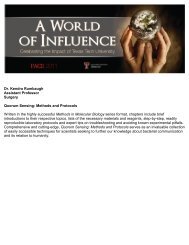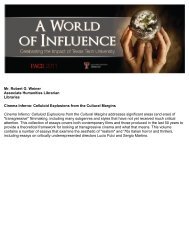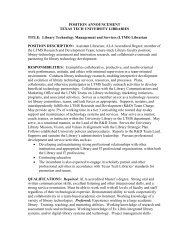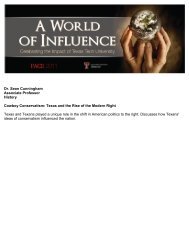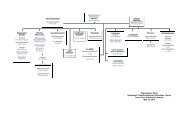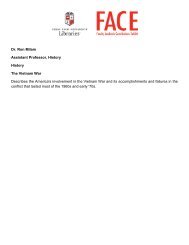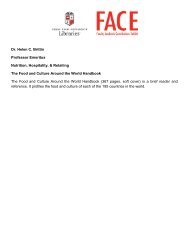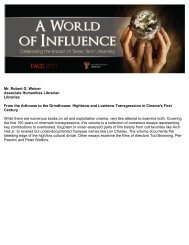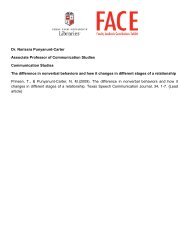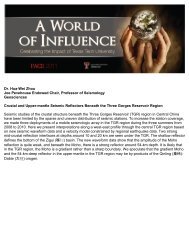Nonprofit Organizations Law and Policy Third Edition - Libraries ...
Nonprofit Organizations Law and Policy Third Edition - Libraries ...
Nonprofit Organizations Law and Policy Third Edition - Libraries ...
Create successful ePaper yourself
Turn your PDF publications into a flip-book with our unique Google optimized e-Paper software.
SEC. II ORGANIZATIONAL STRUCTURE 39<br />
---------<br />
<strong>and</strong> Publishing Society v. Board of Review, 290 Ill. 108, 125 N.E. 7. it<br />
was said that charity, in a legal sense, is not confined to mere<br />
almsgiving or the relief of poverty <strong>and</strong> distress, but has a wider<br />
signification, which embraces the improvement <strong>and</strong> promotion of the<br />
happiness of man. A charitable use, where neither law nor public<br />
policy forbids, may be applied to almost anything that tends to<br />
promote the well-doing <strong>and</strong> well-being of social man." (School of<br />
Domestic Arts v. Carr (1926), 322 Ill. 562, 568-569, 153 N.E. 669,<br />
671.)<br />
In Morgan v. National Trust Bank (1928), 331 Ill. 182, 186, 162 N.E.<br />
888, 890, our supreme court stated that "(t)he test as to whether an<br />
enterprise is charitable is whether it exists to carry out a purpose<br />
recognized in law as charitable or whether it is maintained for gain, profit,<br />
or private advantage. (11 Corpus Juris 303.)" Clearly, the broad legal<br />
concept of charitable purposes embraces the corporate purpose of the<br />
George F. Harding Museum, as set forth in its articles of incorporation.<br />
There can be no question that the intent of Harding was to promote the<br />
well being of social man through the various purposes set forth in the<br />
articles of incorporation. In the establishment of this museum, the express<br />
intent of the donor was the "collection, preservation <strong>and</strong> exhibition of<br />
ancient <strong>and</strong> authentic objects illustrating art, science, history, painting,<br />
sculpture, * * * to found, maintain <strong>and</strong> operate a museum for the<br />
exhibition of the collection; * * *." It is obvious that George F. Harding<br />
did not intend to distinguish between educational <strong>and</strong> charitable purposes.<br />
* * * Indeed, except for the sophistical reading of the purpose clause of<br />
the articles of incorporation suggested by defendants, whose interests in<br />
this case could be adverse to the original intentions of George F. Harding,<br />
there is nothing in the record to even suggest that the George F. Harding<br />
Museum was intended to be an educational institution. For all these<br />
reasons we conclude it was error for the trial court to grant defendants'<br />
motion to dismiss the complaint.<br />
* * *<br />
Accordingly, the circuit court of Cook County's judgment that the Act<br />
is constitutional is affirmed. The circuit court's judgment that the Act is<br />
inapplicable to defendants is reversed.<br />
QUESTION<br />
The court in George F. Harding Museum assumed that the Attorney<br />
General has common law powers <strong>and</strong> duties to enforce charitable trusts <strong>and</strong><br />
to see to the application of their funds to their intended charitable uses. Does<br />
the Attorney General of a state have "inherent" power to regulate all<br />
nonprofit organizations?


